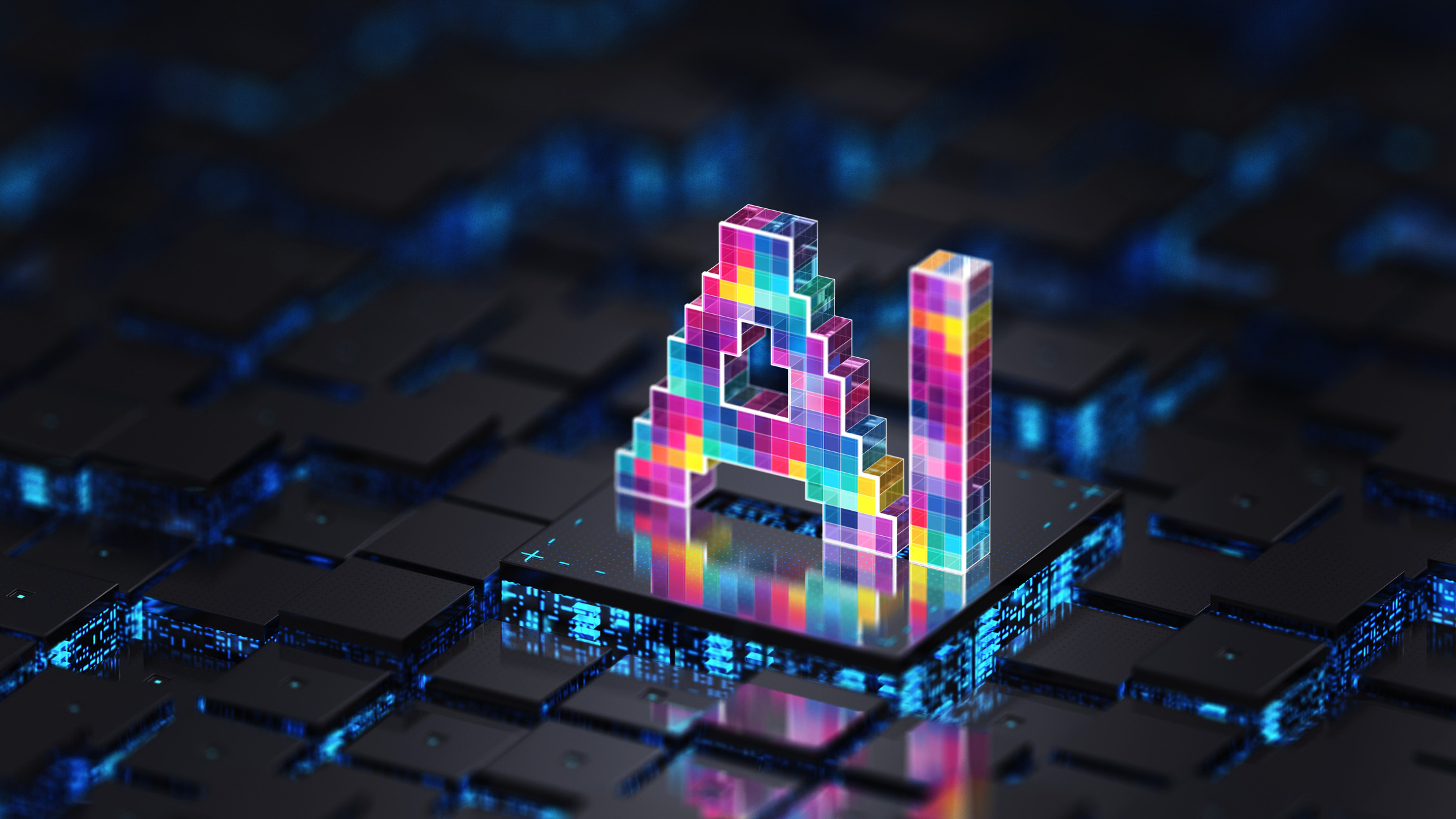ITPro created this content as part of a paid partnership with Microsoft. The content of this article are entirely independent and solely reflect the editorial opinion of ITPro.
The field of digital protection is continually advancing, and the integration of artificial intelligence in cybersecurity is proving to be a pivotal development. This was unmistakably clear at the recent RSA Conference 2025, where, as reported by ITPro, the overwhelming sentiment was that AI is no longer a future concept but a present-day reality shaping security strategies.
AI discussions at RSAC Conference spotlighted the technology’s dual role in creating challenges and offering defenses. The focus was on how AI enhances security operations centers (SOCs) by managing alerts and accelerating incident responses, proving its critical role in tackling sophisticated digital threats.
AI’s enhanced detection and predictive capabilities
One of the most significant contributions of AI in cybersecurity lies in its ability to dramatically improve the speed and accuracy of identifying potential harmful activities. Machine learning algorithms, a core component of AI, are adept at processing and analyzing immense datasets in real time. They can discern subtle anomalies in network traffic, system logs, or user behavior that might indicate an unauthorized system entry or the presence of malicious software. This capability is crucial for spotting novel or heavily disguised harmful acts that traditional signature-based detection methods might overlook.
AI-powered predictive analytics programs are becoming increasingly valuable. By learning from historical data and identifying patterns often associated with system compromises, these tools can forecast potential vulnerabilities or points of weakness before they are actively targeted. Natural language processing (NLP), another facet of AI, also plays a vital role. NLP algorithms can analyze the content of emails and other digital communications to identify the hallmarks of phishing attempts or other forms of social engineering, helping to flag or block deceptive communications before they can cause damage. This is particularly relevant given the persistent challenge organizations face from targeted deception campaigns aiming to trick employees.
Automating defense and managing vulnerabilities with AI
Beyond detection, AI is instrumental in enabling automated response mechanisms, a critical factor when dealing with the speed at which digital disturbances can unfold. AI-driven security orchestration, automation, and response (SOAR) platforms can execute predefined actions almost instantaneously when a security issue is identified. This might involve isolating an affected device from the network, applying a necessary software update to close a known vulnerability, or blocking communication with a recognized source of harmful activity. Such automation not only speeds up response times but also frees up human security teams to focus on more complex analytical tasks. Reinforcing this trend towards more sophisticated automation, as reported by ITPro, developments such as an agentic AI security assistant aim to automate further and accelerate threat investigation and response by having AI autonomously conduct investigations, significantly reducing manual effort for security teams.
AI tools are revolutionizing vulnerability management by scanning systems for flaws and prioritizing critical issues for resolution. User and entity behavior analytics (UEBA) leverages AI to detect deviations from normal activity, signaling potential risks like compromised credentials or insider threats for swift investigation.
The collaborative future: AI and human expertise
While AI offers powerful advantages, its most effective application in cybersecurity is as a collaborative tool that augments human expertise. The sheer volume of data and alerts generated in modern IT environments can overwhelm human teams; AI excels at sifting through this noise to highlight genuinely concerning events. This allows skilled professionals to apply their contextual understanding and nuanced judgment to complex situations where AI alone might fall short.
Discussions also highlight AI’s dual-use nature, as both defenders and bad actors leverage it, driving the need for resilient and explainable AI (XAI) to ensure trust and accountability. AI helps address the cybersecurity skills gap by automating tasks and enhancing analysts’ effectiveness.
While challenges like training data quality and adversarial threats exist, AI’s role in automating responses and managing vulnerabilities is critical. As it matures, AI will become even more integral to predicting and tackling digital threats, making its strategic adoption essential for robust cybersecurity.
Source link
